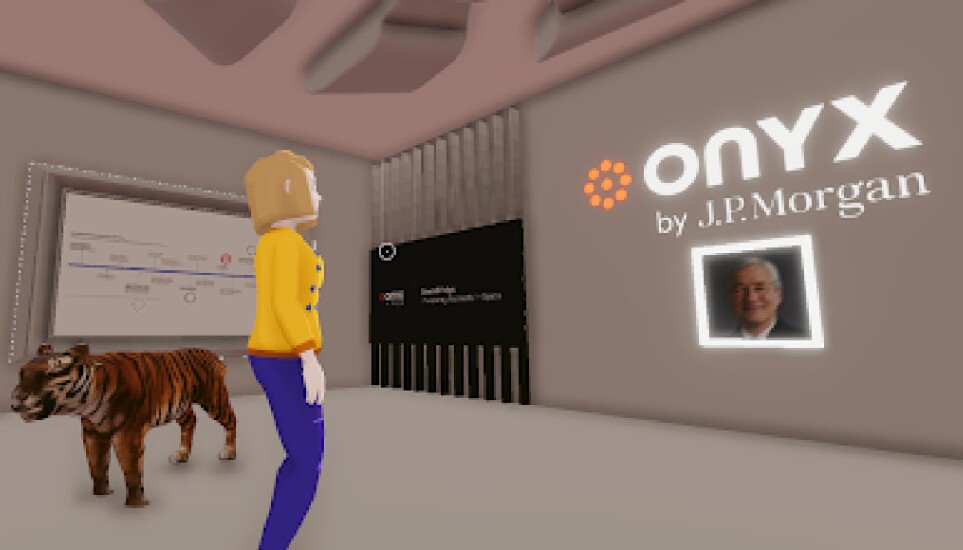A handful of banks are setting up shop in the metaverse in an effort to learn more about it and to reach the young gamers who use it.
The so-called “metaverse” is really multiple separate virtual reality environments, including Decentraland, The Sandbox and Somnium Space. Some primarily host video games. Others, like Decentraland, are online worlds where people create avatars that represent themselves and participate in real-life activities like buying a house and attending a wedding. Second Life, the virtual world Linden Lab developed in the early 2000s, was one of the first of these. At that time, a few
This time around, banks are setting up lobbies, games and methods of letting users buy and sell game tokens and turn them into cash.
“Currently we have a land grab by some banks experimenting with the metaverse, but this is no different from the virtual branches we saw pop up during the Second Life days, so nothing new in that respect,” said Brett King, futurist, Moven founder and host of the "Breaking Banks" radio show.
“The core of the metaverse isn’t virtual real estate but digital worlds with digital assets, environments, businesses and activities.”
A presence in the metaverse could help banks attract young customers and possibly create new products and business models.
“I think it's potentially a massive growth opportunity for financial services players,” said Lucia Uribe, an Oliver Wyman partner who specializes in financial services. “We're at the very early stage of an emerging market that could have quite significant growth over the coming years.”
Uribe also co-led a global consumer study by the Oliver Wyman Forum, a think tank of the consulting firm, that identified metaverse user trends. The research found that metaverse users skew younger, urban and male.
“If you have an end consumer who's gaming or exploring the metaverse, they come across you there and it reinforces that brand relationship,” Uribe said. Banks could also do product education, internal training or internal events in the metaverse, she noted.
Banks could build bridges between the online and offline worlds. Zelf, a U.S.-based challenger bank, is already working on this.
“Looking forward, there will be increased convergence between the online and offline worlds and development of virtual to physical payments and financing, potentially the emergence of new ownership and asset classes, as you think about things like real estate in the metaverse that potentially point toward new types of credits,” Uribe said. “You could envision virtual mortgages on metaverse real estate or rental agreements.”
Early-adopter banks are simply learning and connecting to others in virtual spaces.
“It's really for the purpose of mitigating the risk of being left behind,” Uribe said.
Scroll through to learn about projects banks are pursuing in the metaverse.










